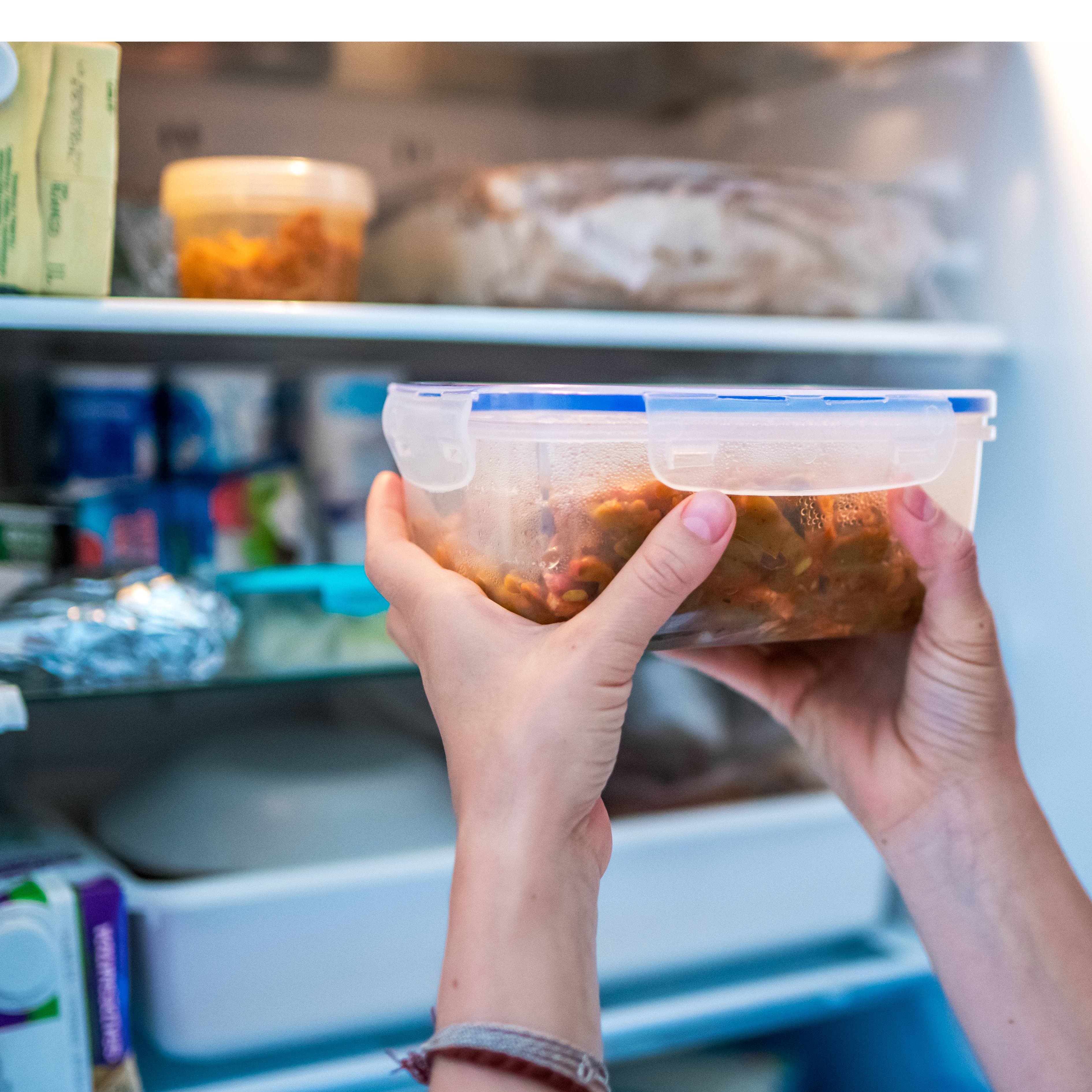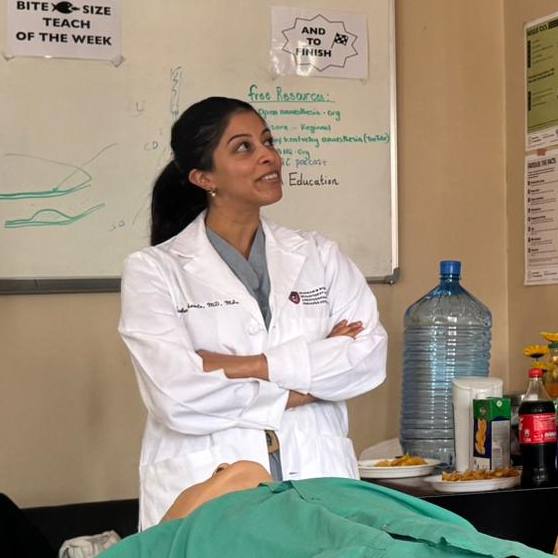Cataracts are one of the most common eye conditions in the world. Chances are most people are going to develop cataracts at some point in their lives.
Thanks to advances in cataract surgery, Dr. Dave Patel, a Mayo Clinic ophthalmologist, says many patients are able to say goodbye to their cataracts and reduce or eliminate their need for glasses.
Journalists: Broadcast-quality video pkg (1:10) is in the downloads at the end of the post. Please courtesy: "Mayo Clinic News Network." Read the script.
For people with cataracts, seeing can feel like looking through a fogged-up window. That’s because as you age, the lenses in your eyes break down and get cloudy, making it hard to see clearly. Doctors have long been performing surgery to fix the problem, but now, instead of just replacing the cloudy lenses with new artificial ones, doctors at Mayo Clinic are using lenses customized for the patient.
"And that really tells you how remarkable and revolutionary the technology has become — where patients who were troubled with glasses or needing contacts to see, multiple glasses to function, and with a simple step process with the right technology, that they are independent of any kind of visual needs, and they can function with good vision," says Dr. Patel.
He says customized lens surgery takes about 15 minutes, is safe, painless, and patients often see better in minutes.
"It’s actually exciting that patients are now seeking the lens surgery in lieu of other procedures, like LASIK, which is still popular because now you can get a permanent lifetime benefit with the cataract surgery," Dr. Patel says.
A comprehensive eye exam can help determine if the customized lens surgery is right for you.
Related posts:
- How age-related macular degeneration blurs vision.
- Mayo Clinic Minute: Protecting your eyesight from glaucoma.
- Mayo Clinic Q and A: Most eye floaters caused by age-related changes.
For the safety of its patients, staff and visitors, Mayo Clinic has strict masking policies in place. Anyone shown without a mask was recorded prior to COVID-19 or recorded in an area not designated for patient care, and other safety protocols were followed.







